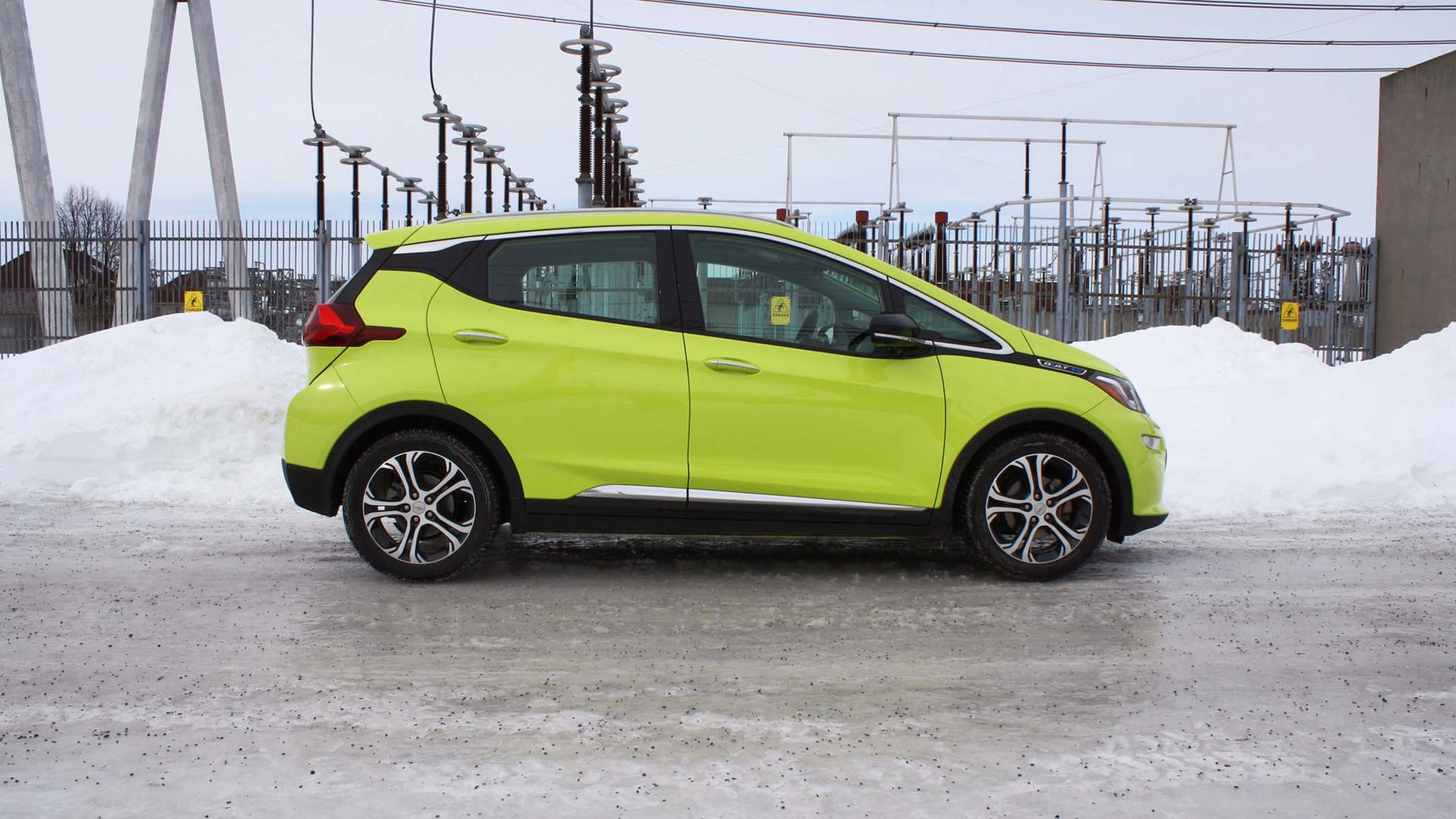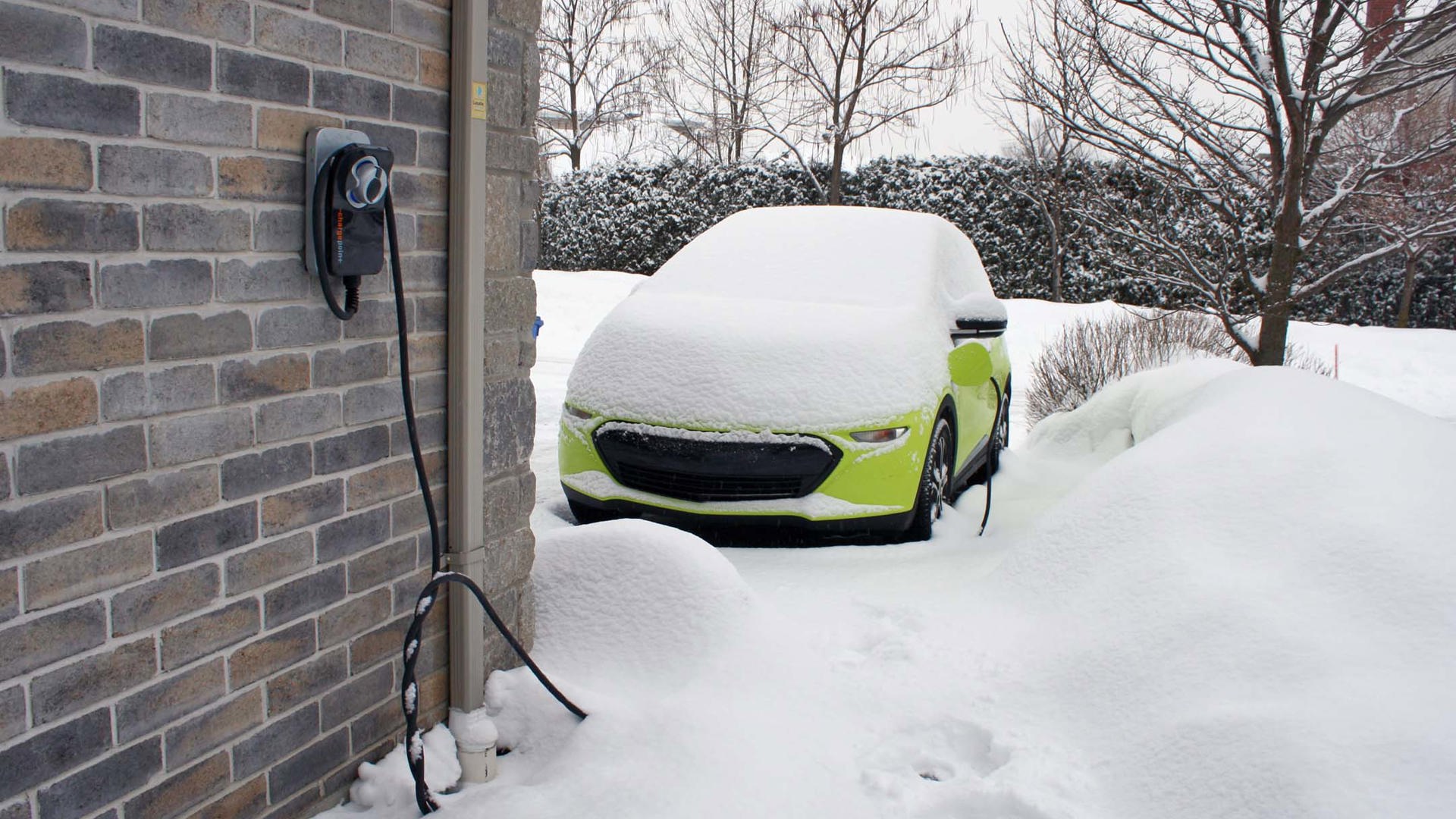Electric vehicles (EVs) have unique operating characteristics in cold climates that are unlike those of conventional gas vehicles that most people are familiar with. Understanding what those unique characteristics are and the reasons behind them can help owners get the most out of their EVs during those cold winter months.
Heat and EVs
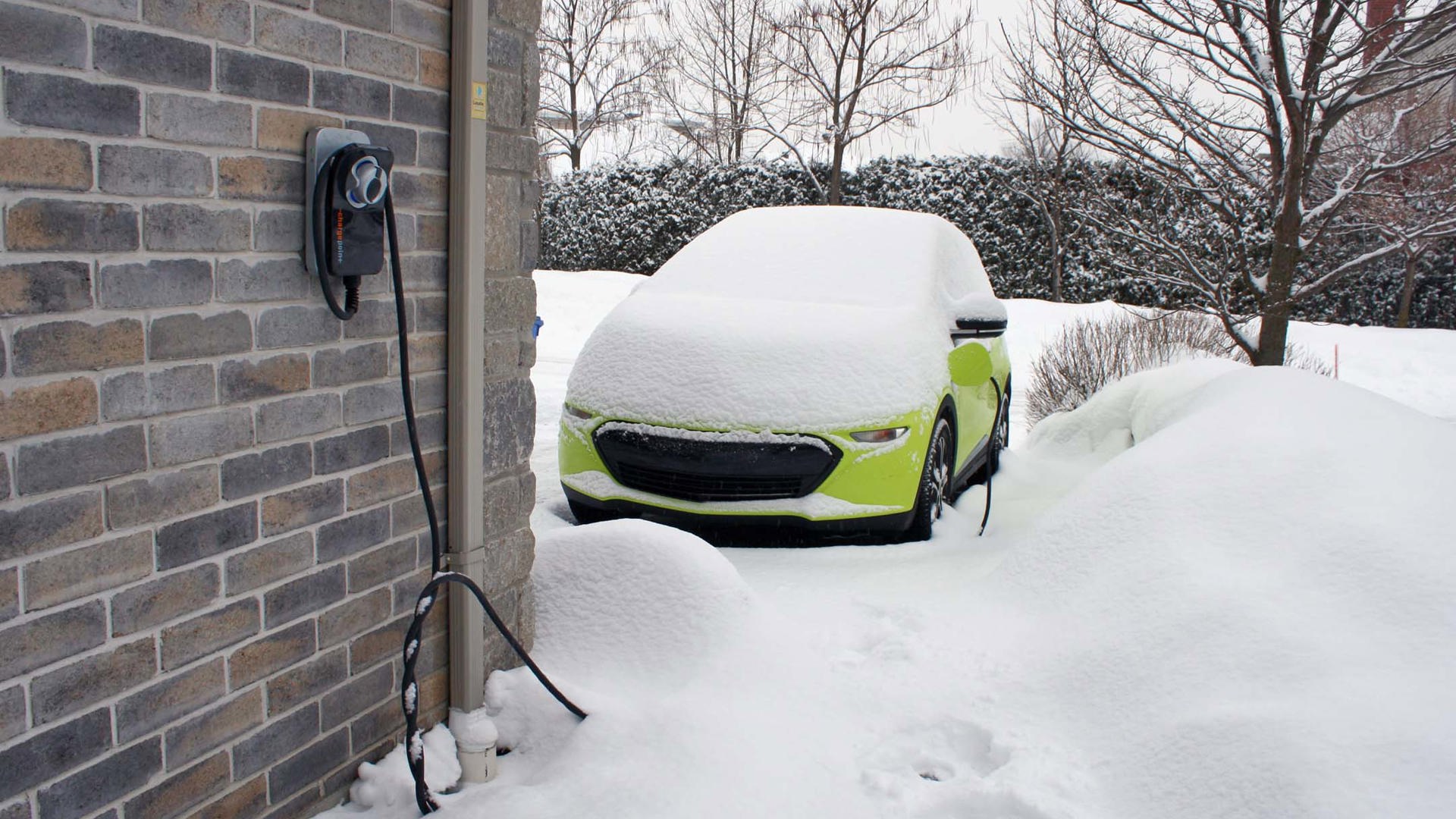
An internal combustion engine (ICE) generates mechanical power by repeatedly burning a compressed fuel-and-air mixture inside the engine. Combustion creates heat. During warm seasons, this heat is simply dissipated as waste. In wintertime, some of this heat can be harnessed by the car’s climate control system and used to warm up the cabin.
In full electric or battery electric vehicles (BEVs), no combustion occurs. An EV’s drivetrain does not produce enough heat during operation to warm up the cabin in cold climates. To warm up the cabin, EVs must deliberately generate heat by drawing electrical energy from the battery.
Early EVs used resistive heating systems to get heat into the cabin. Resistive heat is generated by passing an electric current through a resistive element, just like electric space heaters used in the home. The climate control fan then blows air over the hot resistive element to channel warm air into the cabin. A lot of electrical energy is needed to produce resistive heat and it is not very energy efficient.
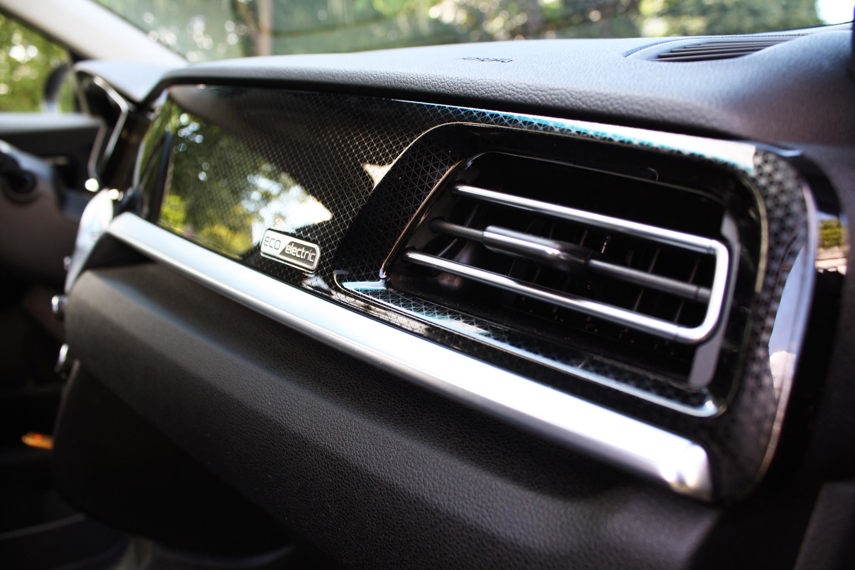
More recent EVs utilize a heat pump system for cabin heating. Heat pumps are new to the automotive industry and are unique to EVs because there is no need for them in ICE vehicles. A heat pump is an air conditioning system operating in reverse. It generates heat by cycling through a process of compressing, condensing, and evaporating a refrigerant. The refrigerant becomes hot when it is compressed and condensed into a liquid state in the condenser. The climate control fan then blows air over the hot condenser to get warm air into the cabin. A heat pump requires far less electrical energy to generate the same amount of heat compared to a resistive heating system.
An increasing number of manufacturers are now incorporating a heat pump into their EVs. EVs with a heat pump achieve far better range in the winter than those without since they use less energy to produce in-cabin heat.
If you’re in the market for an EV, make sure to find out what heating system the one you’re considering has installed. Some automakers offer a heat-pump system as standard, while others charge extra for it as an option.
Cold Climate Comfort and Convenience
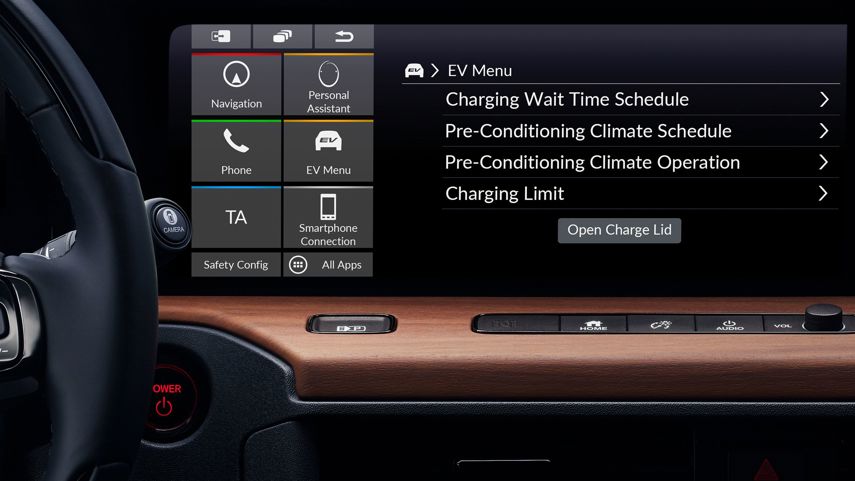
To maximize range from an EV in the winter, it’s best to precondition (warm up) its battery to its most energy-efficient temperature before driving. Battery preconditioning is usually indirectly activated by simply turning on the climate control system to warm up the cabin. It can and should be done while the vehicle is still plugged in and charging so that it doesn’t impact range. This is often available in BEVs as a convenience feature either by allowing you to schedule when preconditioning should start automatically through the touchscreen or by doing it on-demand remotely via an app on your phone.
From personal experience, having the ability to power up my EV remotely to warm up the cabin in the winter and defrost the windshields before climbing onboard is an invaluable comfort feature. Although this is also possible in some gas vehicles, remote-starting to idle and warm up a gas car is not recommended.
Furthermore, a fully electric vehicle can be safely preconditioned in an enclosed garage since it is truly zero-emission. You should never warm up a gas-engine vehicle or even a hybrid vehicle in an enclosed, unventilated garage since their combustion engines will emit harmful fumes when running.
Range vs Temperature
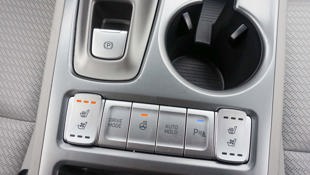 Creature comforts come at a cost, especially in EVs. EVs tend to lose more range than gas vehicles as temperatures drop because all those creature comforts we demand from the vehicle in the winter are powered by the drive battery. This includes the cabin climate control system, the heated seats, the heated steering wheel, and the rear defrost.
Creature comforts come at a cost, especially in EVs. EVs tend to lose more range than gas vehicles as temperatures drop because all those creature comforts we demand from the vehicle in the winter are powered by the drive battery. This includes the cabin climate control system, the heated seats, the heated steering wheel, and the rear defrost.
Using only the heated seats and heated steering wheel to stay warm will help maximize range from an EV in the winter since they draw very little electrical energy. Heating the entire cabin, even with a heat pump, demands significantly more energy from the battery, which reduces driving range. Most drivers, however, prefer to maintain a comfortable temperature in the entire cabin by using the climate control system and are willing to sacrifice a bit of range in exchange for that comfort.
Studies of real-world usage show that in outdoor temperatures from zero to -10 degrees Celsius, EVs tend to lose on average 25 to 30 per cent of their rated range, and they can lose upwards of half their range when outdoor temperatures are lower than -20 degrees Celsius.
Handling Dynamics in Winter Road Conditions
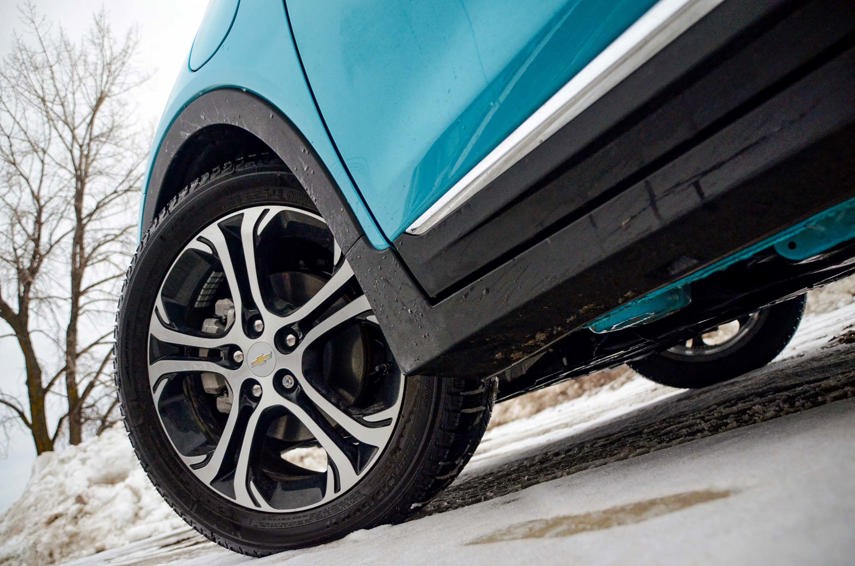
EVs tend to weigh more than gas vehicles of the same class primarily due to the substantial weight of their drive battery. The effects of their heavier weight on their handling dynamics are more pronounced under winter road conditions.
An EV may not be able to carry as much speed through a corner before losing traction compared to an equivalent gas vehicle due to its heavier weight. Similarly, an EV may require more distance to stop relative to its lighter gasoline counterparts. These effects are more pronounced on snow- or ice-covered roads where traction is low.
With their heavier weight, it is that much more important to equip EVs with winter tires if you live in areas of the country where there is snowfall. Winter tires are superior when it comes to providing grip on cold, snow-covered surfaces.
Regenerative braking, or regen braking, is another feature unique to EVs where the electric motor inverts its mode of operation to function as a generator instead, to decelerate the vehicle and generate electricity to recharge the battery at the same time. Regen braking can be configured aggressively in some EVs where a small reduction in throttle input by your right foot immediately triggers rather aggressive deceleration. In slippery road conditions, the driver needs to be more attentive with how they modulate the accelerator pedal to avoid decelerating too abruptly and causing a loss of traction. Though like the anti-lock braking system (ABS) of conventional friction brakes, regen braking also employs anti-lock control logic as a safety mechanism to prevent wheel lockup under regenerative deceleration. On snowy roads, it might be a better idea to set the regen braking to be less aggressive to help mitigate this risk.
Those are some of the unique operating characteristics of EVs in winter conditions. By leveraging their unique advantages while being mindful of their drawbacks can help you get the most out of your EV throughout our frigid winter months.
